Published 17 July 2018 ● Last Updated on 13 February 2024
Has this happened to you?
- You want take your unfinished chicken rice at the food court back home, and the waiter has only styrofoam to offer for pack up.
- You order a smoothie, and are promptly handed a plastic cup with a plastic straw even though you’ll be drinking indoors at the cafe and don’t really need disposables.
- You are at the checkout in the supermarket, and before you can say a word, the cashier bags your cold milk carton in 2 plastic bags.
Yes, I see you nodding your head!
Almost all of us who switch to an eco-friendly lifestyle inaugurate our journey the same way. We start with a realization of the mounting waste we are creating; then we make a self-promise to use lesser of everything; and finally we experience frustration…. when we see it is an obstacle course out there!
The world seems intent to thwart us; putting us on high alert against people serving our juice with a straw, our coffee in a plastic cup, our avocado inside a bubble wrap. We have to move fast and early to refuse that straw, handover our own mug, offer our canvas shopping bag,… it can be exasperating.
So what do we do? We buckle up for the challenge, of course! I and my fellow eco-warriors out there arm ourselves with an arsenal – our zero-waste tool kit- because we need to put in that (little) extra effort and carry that (little) extras weight to achieve an eco-friendly lifestyle. Here are the basics that you will find in my handbag to navigate the obstacles out there. No, I am not zero waste yet – but these items help me cut out a big chunk of trash from my life.
What will I find in your handbag? Do share your experiences and additions in the comments below!
[In the interest of true zero waste, this is not a consumerist product recommendation list. However, I am sharing info on the brands I have used and liked; and offer suggestions on what you can use from your current product stash at home]
#1 Reusable water bottle
This is first on my list as it creates the biggest chop off the waste I used to create on the road. My bottle goes anywhere I go – yoga, meetings, picnics, planes… it is a permanent fixture in my handbags after the wallet, mobile and key! Over the years, I find it is increasingly easier to stock up on drinking water at no cost even as a tourist – I’ve refilled from the public fountains in Italy, to lobby refill stations in Amsterdam, to RO taps in Indian homes. Hence, my last few years have seen zero purchase of bottled water.
What I use | My current bottle is from 24 Bottles – and I love that it is very light weight despite a stainless steel body, and fits a tote/handbag without trouble, so I don’t mind lugging it all along everywhere [pic – bottom right, in Rome]. Plus I don’t have to worry if it falls, or is left behind in a hot car – situations that would bother me if its body were made of plastic. I have a bigger sized Kleen Kanteen too, which I use for picnics and car drives. Another bottle I have bookmarked, in case I travel to countries where tap water isn’t so safe is Water-To-Go. With an in-built filtration system, it seems ideal even for camping.
You can use a plastic refillable bottle if you have extras at home to choose from, or want the lightest bottle option – but do ensure it is food grade BPA-free plastic, and hand it in for recycling when you feel it is too scratched/old to continue with!
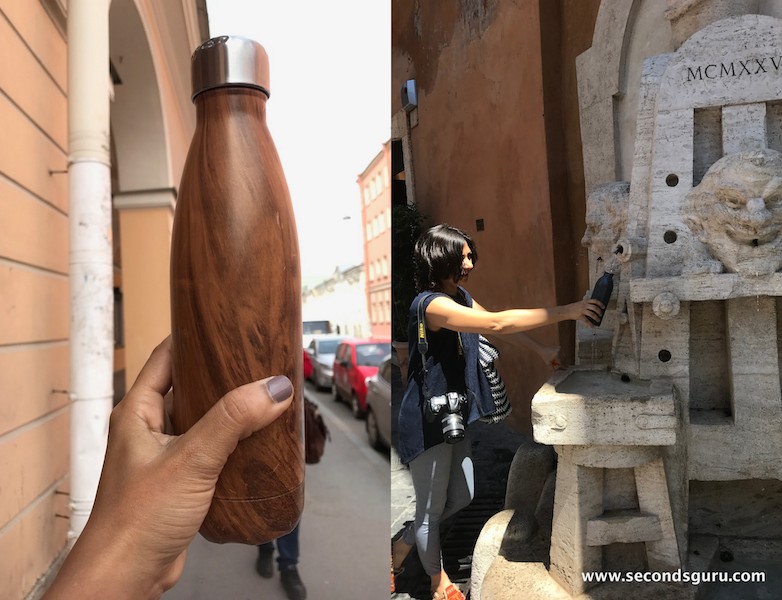
Why change? | In many cases bottled water is simply bottled tap water, sometimes treated… sometimes not! When we buy PET bottles of water, are really paying for convenience, not the “cleaner” water. And yet it is a huge industry – by 2016, US alone was using 1.8mn tonnes for bottled water, requiring an estimated energy input equivalent of about 64 million barrels of oil! Most of these bottles will end up in landfills, as recycling rates are abysmal (official recycling rate for PET bottles in US is under 33%; overall plastic recycling in Singapore is just 6%).
#2 Shopping bag
I am not a big shopper, but I never know when I’ll end up picking up something – and so I always have at least 2 bags in my bag!
What I use | I prefer canvas and cotton bags when I have space in my tote – like the block-printed pieces in the picture below – because they carry weight comfortably, are washable, and honestly, look good too! Plus, I have a couple of foldables that have lasted me years now – like most foldables, they’re made of polyester, but I like them as they fold up tightly tiny and fit even in a small purse.
Why change? | Plastic bags are among the top 10 litter items in our oceans. Which is no surprise because they are often flimsy, easily fly off to create litter, and are non biodegradable. The Earth’s shoulder’s (and yours!) will much prefer the burden of a sturdy bag that lasts years.
#3 Handkerchief
When I was a kid, I used hankies. Then I graduated to hand sanitisers. Then my kids came along and I started buying wet wipes. Then I turned health-conscious and started avoiding the alcohol wipes. Then I became more eco-aware and moved to bamboo wipes. Then I started wondering if my brand was “green washed”. And then I realised I had been wasting my time in this trajectory and ended up at … square one. Yes, nothing beats the good ol’ traditional hanky.
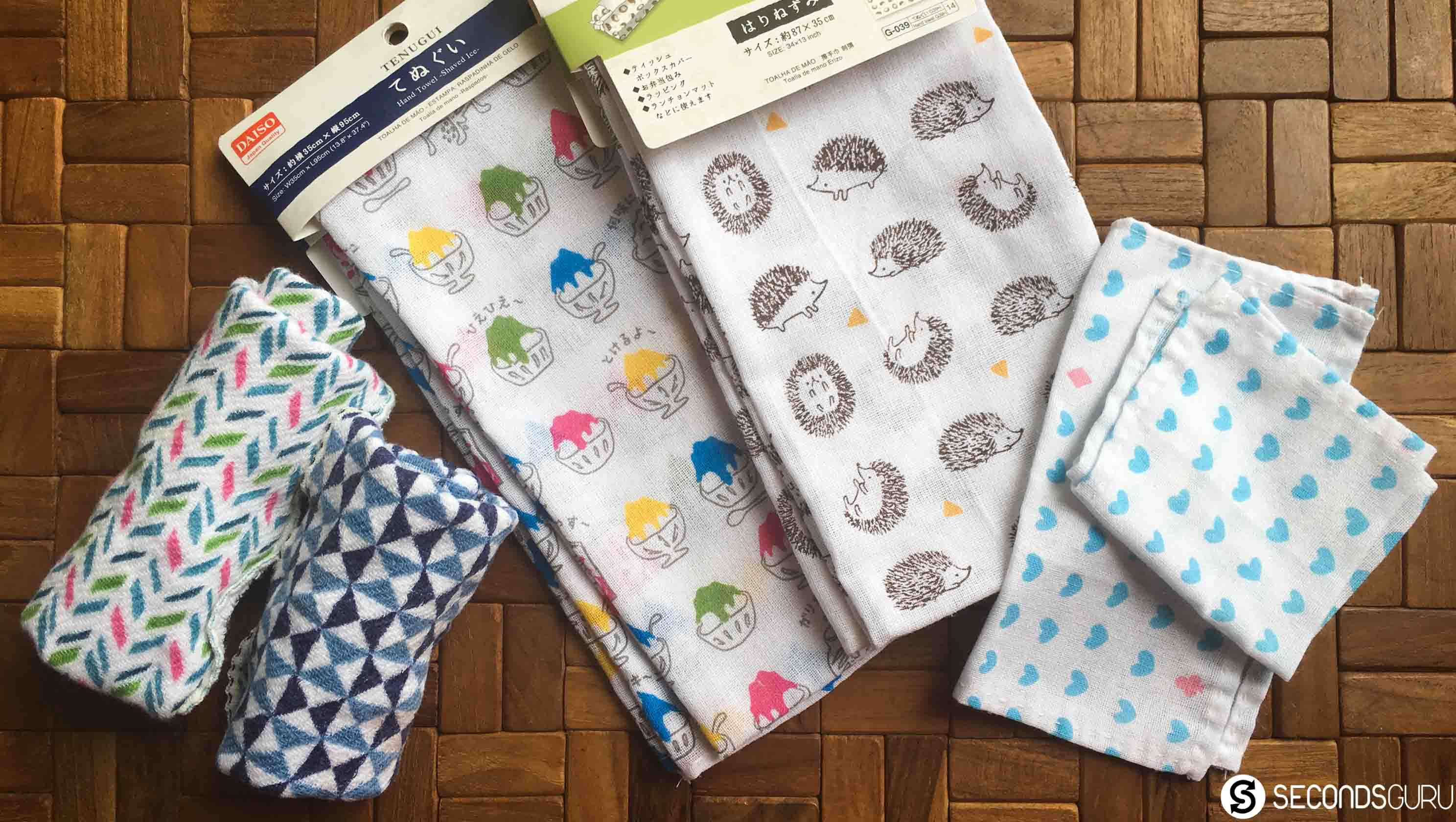
What I use | I currently have absorbent Muji hankies in my bag, because (luckily) my runny nose days are rare and what I need really is something to wipe my hands clean/dry after I wash them at restrooms, or dirty them on some errand. The soft muji organic cotton is perfect for this purpose. For my kids, however, who principally need a wipe for their face, I use muslin. By cutting down swaddle cloths into smaller squares, I get the softest fabric handkerchief which doesn’t bother their sensitive faces even after heavy use during flu days. I also find other Japanese stores – including Daiso – a great way to procure soft cotton.
Why change? | Water + cotton is the most chemical-free way to clean skin – and helps avoid all the wasteful tissue, not to forget the plastic packaging!
#4 Reusable Mug
Isn’t it strange how people can be so picky about where the tea leaves originated, and how exactly the coffee was ground, and just how hot the beverage is served…. and then pay no heed to whether they are drinking out of a ceramic mug or a plastic-lined disposable cup?! Whether you are a connoisseur or a, eco-warrior, you need your own mug.
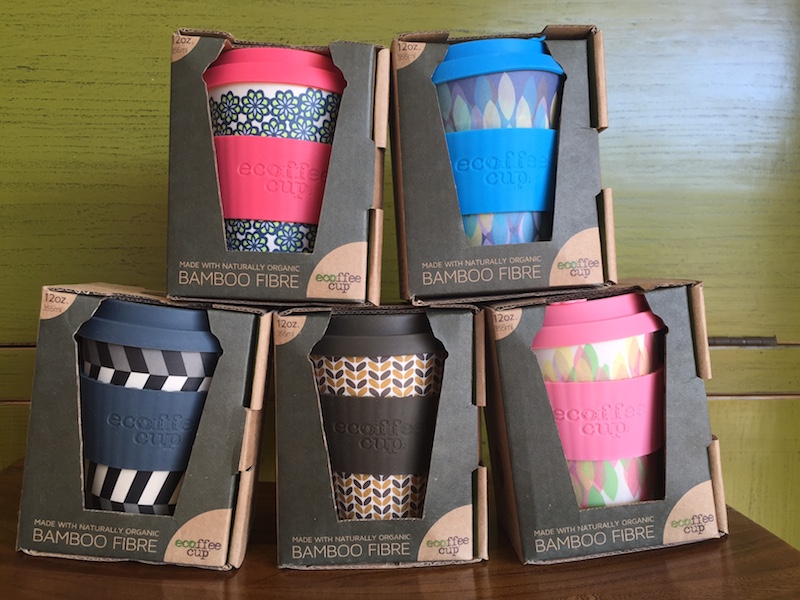
What I use | I have happily used Aromatica and eCoffee Cup – both are bamboo fibre-based reusable mugs with silicone sleeves. If you drink coffee/tea/drinks on the go, make sure you get a cup with a lid too. If you have an office pantry you visit during the day, you can simply move a ceramic mug from your kitchen to your office instead of purchasing something new. If you drink at Starbucks Singapore, remember to avail their 50cents discount for carrying own mug (though honestly, I’d be happier if they cancelled the discount and ditched the plastic they reserve for cold drinks!).
Why change? | Disposable mugs – like all food contaminated items – cannot be recycled as-is. They may look like paper – but they have a plastic lining, which means they aren’t biodegradable. Also, if you prefer to keep hot liquids away from plastic, this is a deal-breaker. [In comparison – the silicone on eCoffee Cups last years, can be recycled, and the cup is 95% compostible].
#5 Takeaway box, and cutlery
Whether packing up unfinished food, or buying nuts and bakery off-the-shelf, the takeaway box is a very useful thing to have. What makes it necessary is if you frequent eateries that serve food in disposables.
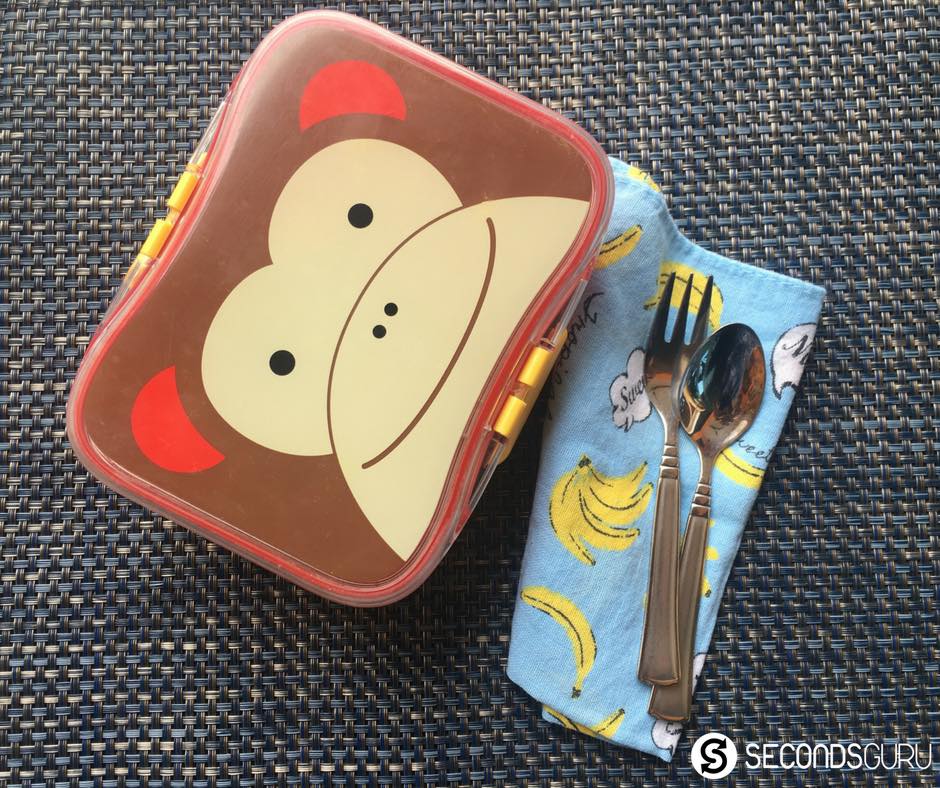
What I use | The takeaway box is relatively new in my arsenal – I usually use it for Tabao (i.e. takeaway). Instead of buying a new item (though I had been eyeing the collapsible silicone ware that would fit so neatly in my bag!), I picked up older food-grade plastic boxes we had lying around the house. I do not carry cutlery as I simply do not end up eating at places that serve disposables to diners. When I pack my kids’ lunches, I use regular stainless steel cutlery, wrapped in a cloth napkins.
Why change? | Restaurants serve such a huge number of people everyday – it is unconscionable if they pile up disposables for every customer they serve! Contaminated by food, these serve-ware cannot be recycled. Even “compostible” options such as cornware usually need certain conditions to biodegrade, and reality is these single-use items will end up in the incinerator / landfill.
#6 Straws
These aren’t a must-have in my daily toolkit suggestions. But they are worth investing in – for reasons below.
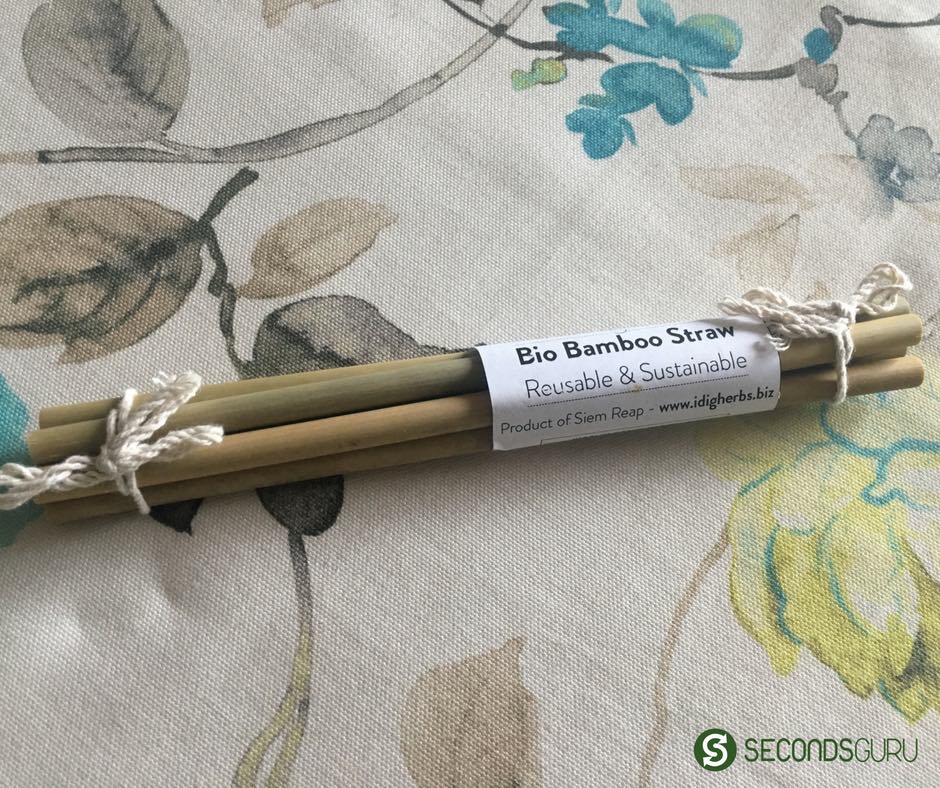
What I use | I don’t carry straws in my daily bag because I feel no need to use them in my daily routine. (But I still need to work on being loud enough and fast enough to avoid them in my drinks!). I do have a set of reusable bamboo straws at home – perfect for drinking up fresh coconuts, and dressing up smoothies! I picked them on a trip to Vietnam form a local artisanal shop. Now I’m thinking of picking up some steel straws that I can carry to my travel destinations – honestly, how many resorts have you been to that are evolved enough to give up plastic? I’d hate to add to the plastic waste on the islands we visit over holidays, so I may as well carry my own straws.
Why change? | The flimsiness of straws means they often land up as litter in water or roadsides. If you have seen the disturbing videos – and there are so many! – of sea turtles with straws stuck up their noses, then it won’t surprise you that straws and stirrers are among the top 10 litter items found washed up on shorelines – worldwide as well as in Singapore.
What are your essentials? What’s in your handbag?
Related Article
Buying without packaging? These shops make zero waste possible in Singapore


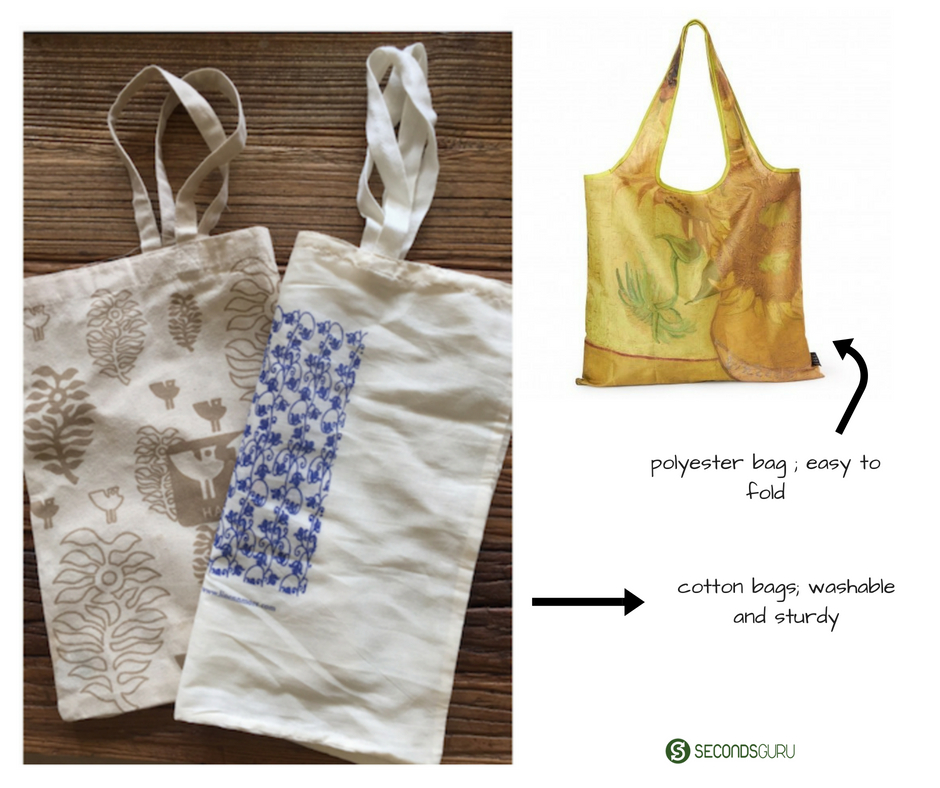

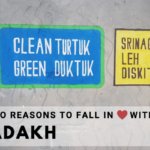
0 Comments